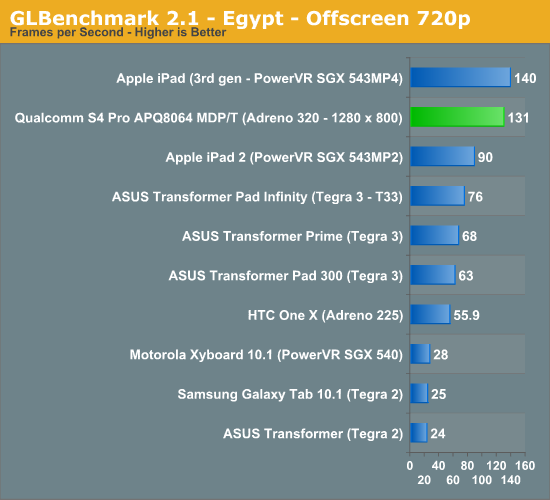Hypothetically some sort of "bridge" core or any sort of additional scheduling logic would be an idea.
Exactly why I'm asking myself whether they're just using 2 Mali400MP4 blocks.
Do you know if this setup would still be shown as Mali-400 in the specification string for Taji?
Because when NHW dug up the string for this mystery GPU it was this:
Samsung Galaxy Note 10.1
"android": {
"hardware": "smdk4x12",
"manufacturer": "samsung",
"device": "p4noterf",
"brand": "samsung",
"display": "IMM76D.N8000XXALD6",
"version_sdk": "4.0.4",
"board": "smdk4x12",
"version_code": "1"
GPU Vendor: ARM
While SIII still showed mali-400
Samsung Galaxy S III
"android": {
"hardware": "smdk4x12",
"manufacturer": "samsung",
"device": "m0",
"brand": "samsung",
"display": "IMM76D.I9300XWALE1",
"version_sdk": "4.0.4",
"board": "smdk4x12",
"version_code": "1"
GPU Vendor: ARM MALI-400MP

